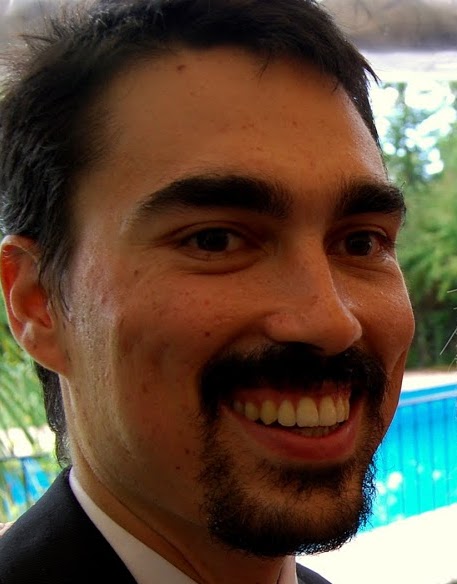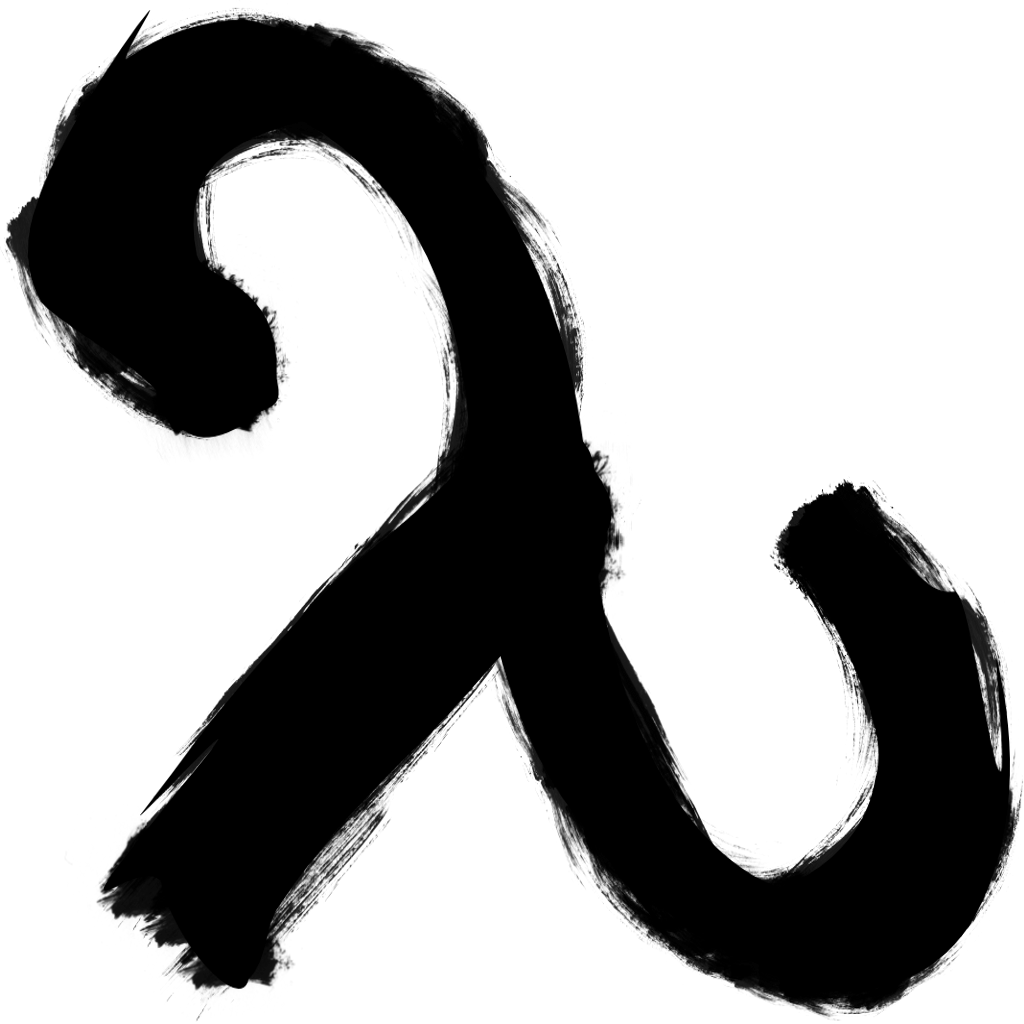Ring 1.3
Summary: Ring is great because it closely models the HTTP message format using native Clojure data structures. It strictly defines a message format that any software can use and rely on. With Ring 1.3, the specification has gotten even closer to the HTTP spec.
A couple of months ago, Ring 1.3 was released without much fanfare. It included a few improvements and updates, but in general, not much had changed.
One change, though, is very significant: the specification is shorter. It's simpler. Three keys were deprecated in the Ring request map (:content-type, :content-length, and :character-encoding). These keys were unnecessary because their values were in the headers, which are also in the Ring request. Equivalent utility functions have been added for pulling the data out of the headers.
Why is this important? While many libraries get more complex and overburdened, it is refreshing to see a library going in the correct direction of shedding complexity. It does not significantly impact application development. Nor does it reduce the already low barrier to entry. Still, I welcome this kind of change.
Ring is the central specification that ties most of the Clojure web ecosystem together. The spec should be minimal. And a mark of good software is that it models the problem very closely without unnecessary abstraction. Ring merely defines a common format (using Clojure data structures) that mirrors the text-based HTTP message format. That's why Ring has worked so well thus far and why it is appreciated in Clojure.
Because I was so happy about the change, I decided to update my Ring Spec to Hang on the Wall PDF. The newly deprecated keys are gone. It used to be two pages long. The Ring Request took up an entire page, and the Response took up about half of one. But now, with three keys removed and a little tweaking of the font sizes, everything fits on one page.

One page in big, readable fonts, with just the information you need for quick reference. I like it. I'm printing one out right now to tack on the wall. You can get a free copy for yourself by getting on the PurelyFunctional.tv mailing list here.


